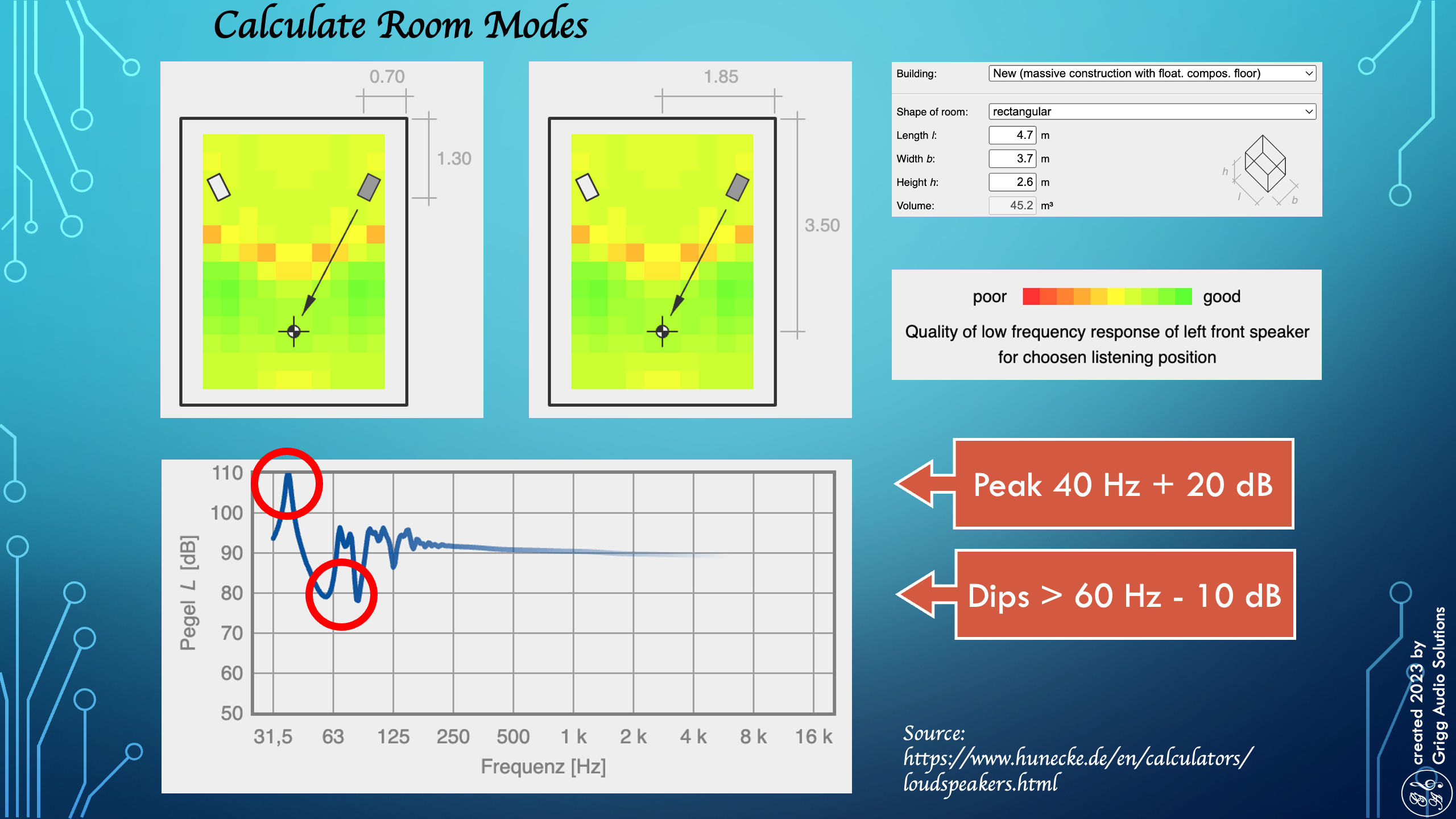As the foundational system/room set-up step in RoomPlay sessions, this is also the most pervasive, appearing in different scenarios from time-to-time.
Establishing the Anchor Point – locating your optimum listening position
Why would you spend time & effort moving your speakers around if your listening position hasn't been first established, so that you will have even smoother bass, and therefore better musical dynamics – a vital step in a more musically involving experience?
The negative effects resulting from not addressing this critical issue – the Anchor Point - simply cannot be overstated (hopefully, since I keep reinforcing it). Even so, I am constantly amazed at how many audiophiles, dealers, reviewers and manufacturers – and even some well-known set-up guys – miss this fundamental aspect of music reproduction. When I see them worrying about speaker placement without having discovered the basic listening position first, I cringe.
Certainly, better speaker placement (including distance away from the listener and from walls; speaker separation; toe-in; etc.) can make a real improvement, but it will never have been as powerful as it could have been had those steps been built on the foundation of first finding the best listening position – the Anchor Point for all else that follows.
Basically, we are concerned about the effects of room resonances in the bass/lower midrange (from 25-250 Hz). These resonances are related to the room dimensions, and to some extent, the shape of the room and the contents of the room. These resonances may appear as peaks in the response (phase reinforcement) or they may appear as dips (phase cancellation).
Essentially, these peaks & dips in the 25-250Hz region are part of the sonic signature of the room. Indeed, every room has these issues – no matter how much was spent on their design & execution – issues which are directly related to the room’s dimensions, and to some extent, its shape. It behooves the listener to locate a listening area where the room is most neutral (peaks and dips are minimized by locating the position that works with the room's dimensions, rather than against it). The ultimate result of ignoring this aspect is reduced musical dynamics (and thus - reduced musical engagement) as I have mentioned.
By most neutral listening area, I mean the area in the room where the bass is smoothest, not necessarily the deepest. In other words, the room’s resonant peaks are diminished and its resonant suck-outs are less deep.


